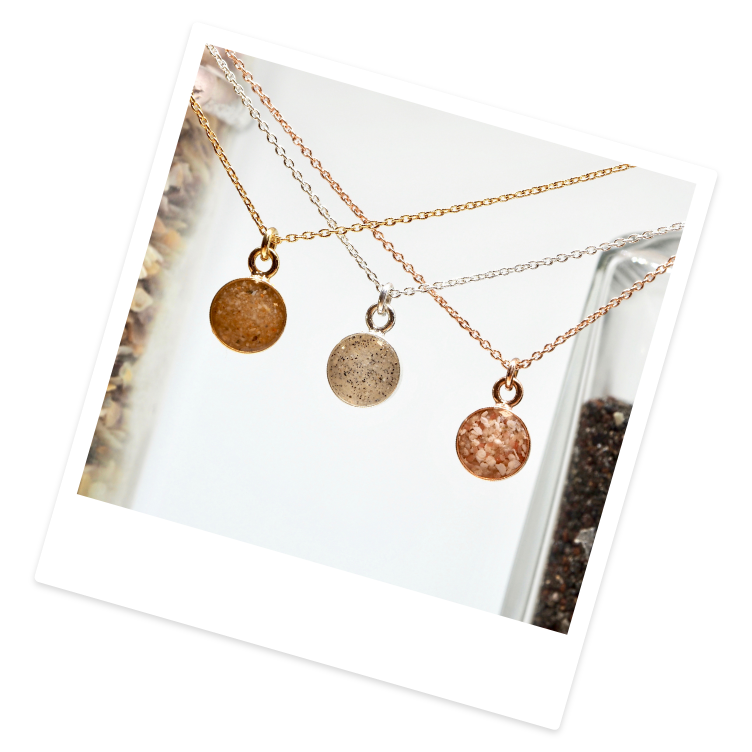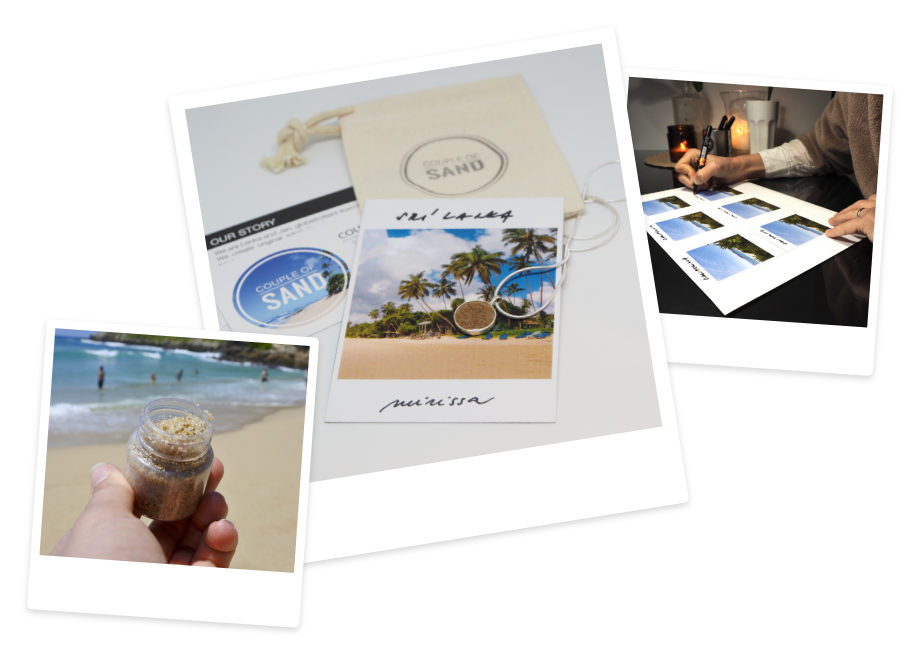Our Materials
Our Materials
Silver Jewelry, Rhodium-Plated Silver, and Gold-Plated Silver
Most of our jewelry is made from sterling silver, i.e. silver with a purity of Ag 925/1000.
This silver can then be enhanced with an additional layer – either rhodium or gold.
Rhodium-plated jewelry has a slightly darker shade than pure silver jewelry. However, rhodium has several extremely important properties. Above all, it eliminates oxidation, i.e. the blackening of silver. Compared to untreated silver, rhodium-plated jewelry is more resistant to wear, scratches, and chemical exposure, and generally has a longer lifespan. The rhodium finish is also hypoallergenic.
Silver jewelry that is gold-plated (so-called GOLD PLATED) has a very thin layer of 18-karat gold applied via electroplating. These layers are typically very thin, from one-tenth up to about ten micrometers. Gold plating is therefore not permanent. The durability of the plating depends on how you handle the jewelry. Even gold-plated silver jewelry can oxidize on the surface.
Oxidation appears as blackening of the jewelry. The rate of oxidation can be influenced by many factors, including air humidity, skin type and pH, sweating, and the composition of chemicals and cosmetics that come into contact with the jewelry. Therefore, oxidation is not considered a defect and is not grounds for a complaint in any of these cases.
Oxidation is not an irreversible process. Silver can be easily and quickly cleaned using (preferably special) polishing cloths or silver cleaning solutions. You can also entrust the cleaning to us – we clean our jewelry in an ultrasonic cleaner.


Our Tips
- Don’t be afraid to wear your jewelry even if there’s a chance it might take a little damage. Our jewelry pieces are talismans and reminders of your most beautiful memories. They’re not diamonds to be inherited by your children. It would be a shame to worry too much and not wear them at all. If you occasionally shower or go to the pool with them, they'll be fine. But if you go to the sauna three times a week, it's definitely better to take them off. Gold-plated jewelry is generally more sensitive. For example, gold-plated earrings can last a long time even if you never take them off — because the ear experiences little friction. A gold-plated ring will fade faster because it’s worn on the most exposed part of the body, constantly rubbing against things and getting wet throughout the day.
- Frequent and regular wear of jewelry helps prevent oxidation. If you don’t wear your jewelry for a while, it will likely darken. But if you wear it regularly, oxidation doesn’t have much of a chance to build up.
- Silver jewelry, whether treated or untreated, is not affected by contact with clean water. However, with hot water and the use of cosmetics or detergents, we can no longer guarantee it won’t be damaged. For cleaning and manual work, it’s better to take off the jewelry.
- Silver is a soft material, which makes it prone to scratches. While it’s hard to completely prevent during daily wear, proper storage on a soft surface can help avoid unnecessary damage. Don’t store jewelry, for example, in your wallet next to coins. The cotton pouch included with every jewelry piece is perfect for safe storage.
- Keep your jewelry clean and try to wipe it regularly to remove sweat and dirt.
Stainless Steel
Stainless steel jewelry is very durable, hypoallergenic, and relatively maintenance-free. It doesn’t tarnish or wear off and can get wet. The only thing you need to do is keep your stainless steel jewelry clean and regularly wipe off sweat and dirt.
If there is anything wrong with your jewelry, please don’t hesitate to contact us. All our jewelry comes with a standard two-year warranty.
-1.png)
